From big data analysis to personalized medicine for all: challenges and opportunities
- PMID: 26112054
- PMCID: PMC4482045
- DOI: 10.1186/s12920-015-0108-y
From big data analysis to personalized medicine for all: challenges and opportunities
Abstract
Recent advances in high-throughput technologies have led to the emergence of systems biology as a holistic science to achieve more precise modeling of complex diseases. Many predict the emergence of personalized medicine in the near future. We are, however, moving from two-tiered health systems to a two-tiered personalized medicine. Omics facilities are restricted to affluent regions, and personalized medicine is likely to widen the growing gap in health systems between high and low-income countries. This is mirrored by an increasing lag between our ability to generate and analyze big data. Several bottlenecks slow-down the transition from conventional to personalized medicine: generation of cost-effective high-throughput data; hybrid education and multidisciplinary teams; data storage and processing; data integration and interpretation; and individual and global economic relevance. This review provides an update of important developments in the analysis of big data and forward strategies to accelerate the global transition to personalized medicine.
Figures
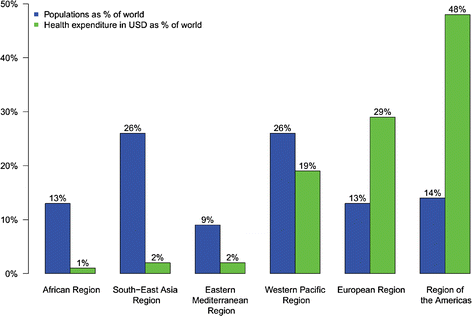
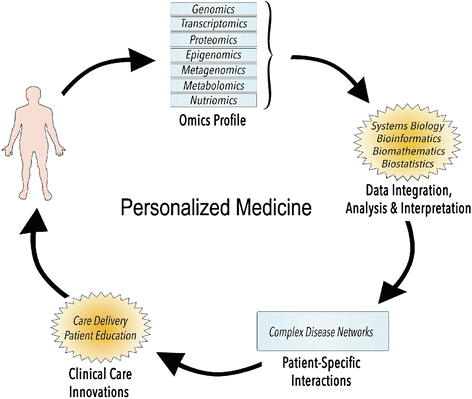
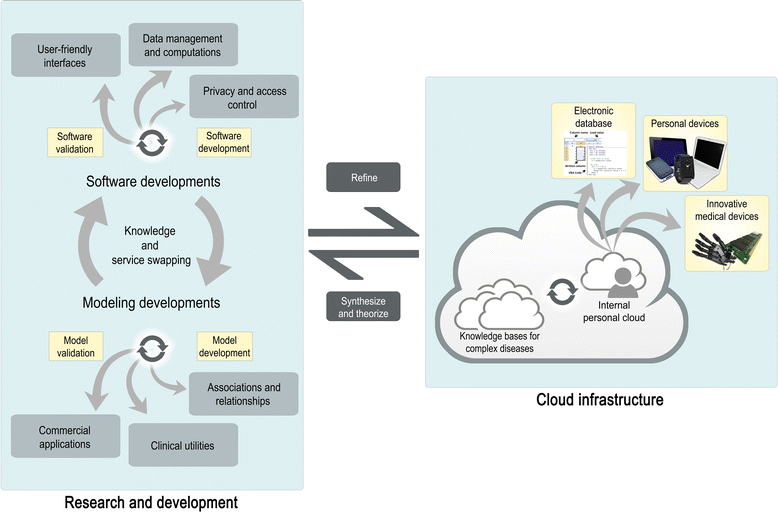
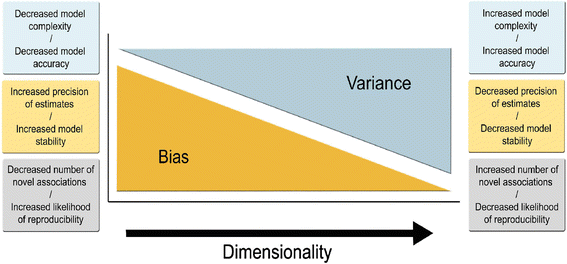
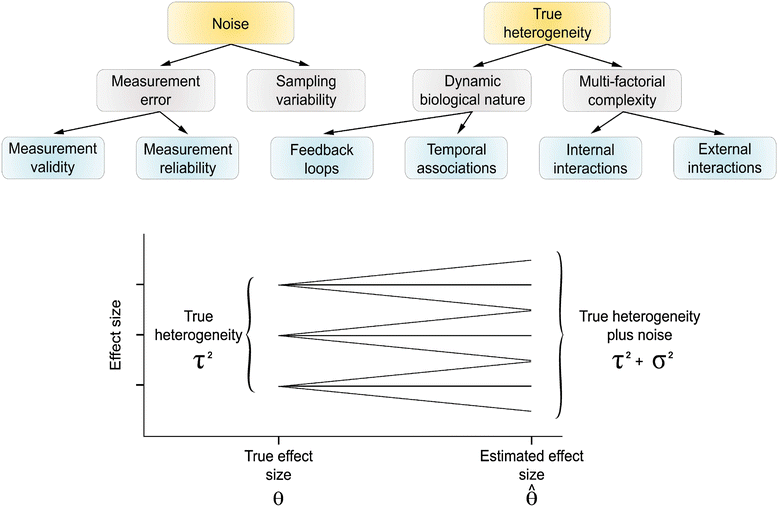

References
Publication types
MeSH terms
LinkOut - more resources
Full Text Sources
Other Literature Sources
Miscellaneous

